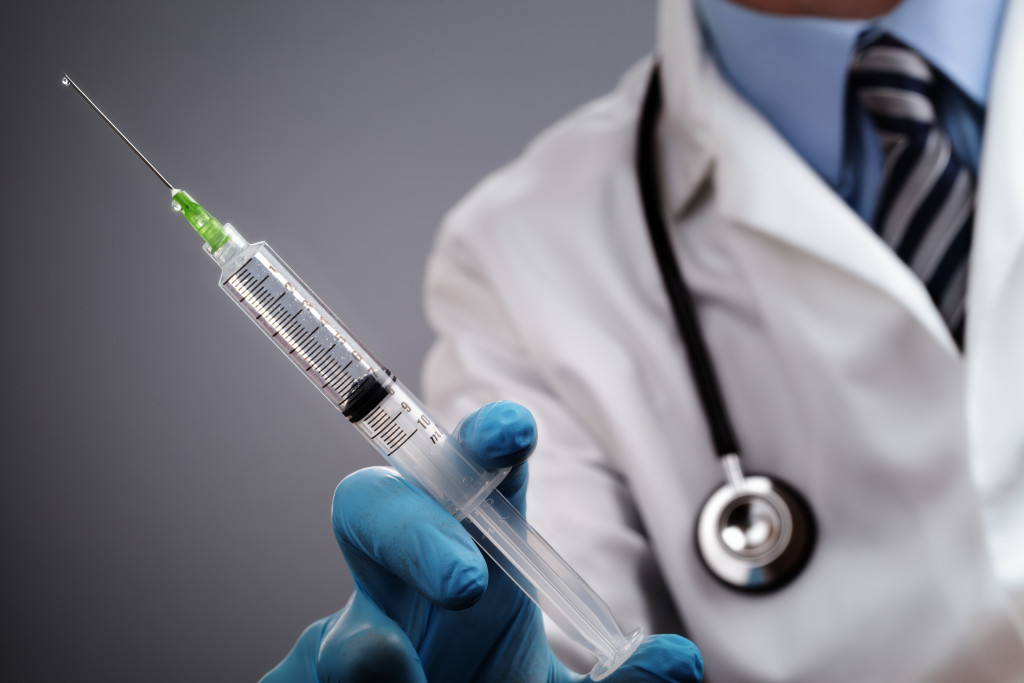There’s no question that science and medicine have come a long way in the last few hundred years. Here are some of the most common innovations in science and medicine that can help improve your life.
1. Vaccines:
One of the most important innovations in medicine is vaccines. A vaccine provides active acquired immunity to a particular disease. Vaccines can be prophylactic (preventative) or therapeutic (treating an already infected patient). Also, there are five types of vaccines: Toxoid, Live-attenuated, mRNA, Inactivated, Viral vector, and Subunit, recombinant, conjugate, and polysaccharide.
The success and efficacy of vaccines have been well documented: smallpox was declared eradicated in 1980, one of only two diseases ever to be eliminated by vaccination (the other being rinderpest). Vaccination programs have significantly reduced the prevalence of infectious diseases. Immunization against these diseases prevents millions of deaths yearly in children and adults.
2. Antibiotics:
Antibiotics are another critical innovation that has saved countless lives. These are a type of medication that is used to treat bacterial infections. They work by killing the bacteria or preventing them from multiplying. Antibiotics are available as pills, liquids, creams, or injections.
Some common examples of antibiotics include penicillin, erythromycin, and ciprofloxacin. While antibiotics are typically very effective at treating bacterial infections, they are not as effective against viral infections such as the flu or the common cold. It is important to take antibiotics exactly as your doctor prescribes to clear the infection and prevent the bacteria from becoming resistant to the medication.
Antibiotic resistance occurs when bacteria develop the ability to defend themselves against the antibiotics designed to kill them. This can happen in two ways: natural selection and genetic mutation. Natural selection occurs when some bacteria are naturally resistant to an antibiotic and survive while the other bacteria are killed. These resistant bacteria then go on to reproduce, and their offspring are also antibiotic-resistant.
Genetic mutation is when a random change in the DNA of a bacterium makes it resistant to an antibiotic. When either of these things happens, the antibiotic becomes less effective at treating infections because the bacteria it is designed to kill are no longer vulnerable to it. This is a significant problem because it means that diseases once easily treatable with antibiotics are becoming harder and harder to control. As more and more bacteria become resistant, we are slowly losing our ability to fight them.
3. X-Rays:
We’ve all had X-rays. They help the doctor see if there are any broken bones and are a vital diagnostic tool that helps doctors identify problems early. But how do they work? Just like visible light, X-rays work through electromagnetic radiation.
However, X-rays have a much shorter wavelength than visible light, so they can move through solid objects. When X-rays hit an object, they create a shadow on a piece of film. The denser the thing, the darker the shadow. This is why bones show up so well on X-rays–they are very dense.
Doctors also use X-rays to diagnose tumors, abnormalities, and other conditions. Meanwhile, dentists use them to check for cavities. You might even have an X-ray before surgery to ensure that there are no metal objects in your body that could be affected by the magnetic field used during the procedure. So, next time you get an X-ray, remember that it’s just a special kind of light that helps us see what’s happening inside our bodies.

4. Dental implants:
Dental implants are artificial tooth roots placed in the jawbone to support dental prosthetics, such as crowns, bridges, or dentures. Unlike natural teeth anchored in the jaw by their roots, dental implants are securely embedded in the bone. This gives them a much higher level of stability than traditional dental prosthetics and makes them feel more like natural teeth.
In addition to providing a more secure fit, dental implants also help preserve the jawbone’s health by stimulating blood flow and preventing bone loss. As a result, dental implants are an ideal solution for patients who have lost one or more teeth.
The surgery is relatively straightforward, and the recovery process is typically short and relatively uncomplicated. However, there are a few things that patients should be aware of to ensure a successful recovery. First, taking it easy for the first few days after surgery is important. Avoid any strenuous activity or exercise, as this can increase the risk of bleeding and swelling.
Second, be sure to follow all of your dentist’s instructions for care, including brushing and flossing regularly and using any prescribed mouthwash or dental rinse. Finally, avoid eating hard or crunchy foods for the first week or two after surgery, as this can put too much pressure on the implants and cause them to fail.
Science and medicine have come a long way in the last few hundred years, helping our lives greatly. We now have vaccines and antibiotics to protect us from deadly diseases, x-rays to help diagnose problems early, and dental implants, all available as life-saving treatments and technologies. These prove that science and medicine have improved our lives in countless ways.

